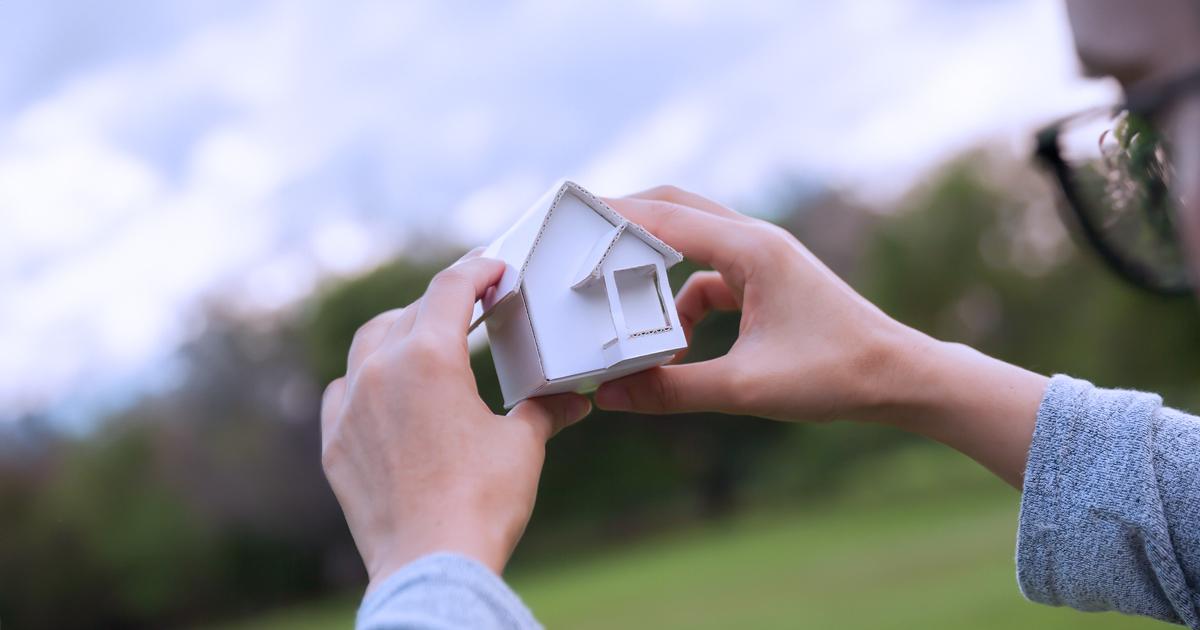Navigating the Road to Homeownership with Tax-Free Savings
Are you or someone you know dreaming of purchasing your first home? This is exhilarating, yet the practical challenges of saving for a down payment and navigating the intricate real estate landscape can be overwhelming. The journey to home ownership got a little smoother with the introduction of the First Home Savings Account (FHSA) by the Canadian government. In this blog post, we’ll guide you through the key features, benefits, and considerations of FHSAs, and why you should seek to initiate this account before the end of 2023.
What is an FHSA?
The FHSA is a revolutionary registered savings account designed to assist first-time homebuyers in Canada. As of April 1, 2023, Canadians can take advantage of this account which combines elements of Registered Retirement Savings Plans (RRSPs) and Tax-Free Savings Accounts (TFSAs), offering unique advantages for those saving towards their first home.
Key Benefits of FHSAs
- Tax-Deductible Contributions: Enjoy the benefit of tax-deductible contributions, reducing your taxable income for the current or future years.
- Tax-Free Earnings: Investment income earned within the FHSA is tax-free, providing an opportunity for accelerated savings.
- Tax-Free Withdrawals: When you’re ready to purchase your first home, a qualifying withdrawal of your savings from the FHSA is tax-free.
Who is Eligible?
To open an FHSA, you must meet the following criteria:
- Be a Canadian resident.
- Be 18 years or older.
- Qualify as a first-time homebuyer.
- Not have owned a primary residence in the current year or the previous four calendar years.
Contribution Details
- Annual Limit: Contribute up to $8,000 per year.
- Lifetime Limit: The maximum lifetime contribution is $40,000.
- Unused Room: Carry forward up to $8,000 of unused contribution room annually, allowing flexibility in your savings strategy.
- Contribution Deadline: The deadline for contributions is December 31 of the tax year. Deduct contributions on your tax return for the year made or choose to benefit from the deduction in a future year.
Transfers and FHSA Withdrawals
- Tax-Free RRSP to FHSA Transition: Transition your savings from RRSP to FHSA without taxation, offering a versatile strategy for your financial goals.
- Qualifying Withdrawals: Withdrawals for purchasing a qualifying home are tax-free. Ensure you meet the criteria, including having a written agreement and the intention to occupy the home.
- 15-Year Lifespan: Valid until December 31 of the year when the earliest of the following happens: the 15th anniversary of opening, the year you turn 71, or the year after your first qualifying withdrawal. Non-qualifying withdrawals are taxable. If you don’t purchase a home, withdrawn funds become taxable income. Alternatively, the remaining balance can be transferred to an RRSP or RRIF on a non-taxable basis.
Making the Most of Your FHSA
- Invest Wisely: FHSAs can hold various investments, providing an opportunity to grow your money faster than traditional savings accounts.
- Use with Other Incentives: You can leverage FHSAs alongside other homebuyer incentives, such as the Home Buyer’s Plan (HBP) and the First-Time Home Buyer Incentive.
Closing Thoughts
The FHSA is a powerful tool for individuals and families working towards their first home. Whether you’re just starting to save or reevaluating your existing strategies, consider the advantages of the FHSA in your homeownership journey. Even if you don’t currently have available funds to contribute, you should still consider opening an account before the end of 2023. By initiating the account, you establish eligibility and can carry forward the unused 2023 contribution room into future years.
Owning your first home is within reach, and the FHSA will help you take that significant step towards achieving your homeownership goals. Happy saving!
Frequently Asked Questions
Q: Can I carry over unused contribution room in a FHSA?
A: Yes, you can carry over $8,000 of unused contribution room in your FHSA. If you haven’t utilized your full contribution limit in the year, you can carry forward the contribution room to enhance your savings in the future. Note that the limit is $8,000. For example, if you don’t contribute for 2 years in a row, you cannot carry forward $16,000.
Q: Can I transfer money from a TFSA to a FHSA?
A: While a direct transfer will not be possible, you could consider withdrawing funds from your TFSA and then contribute those amounts into your FHSA.
Q: Can a parent contribute to a child’s FHSA?
A: No, parents are unable to make direct contributions to a child’s FHSA. Alternatively, parents could give money to their children and enable them to make contributions to their FHSA.
